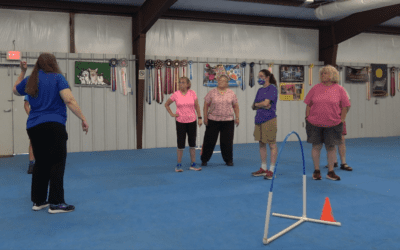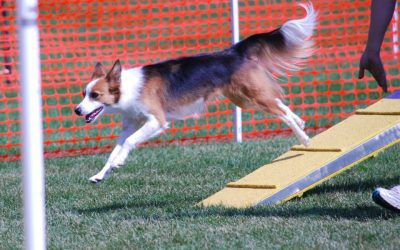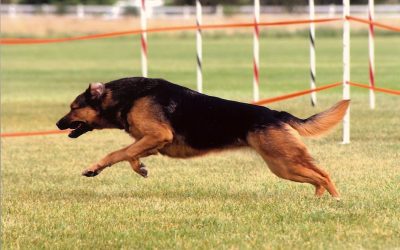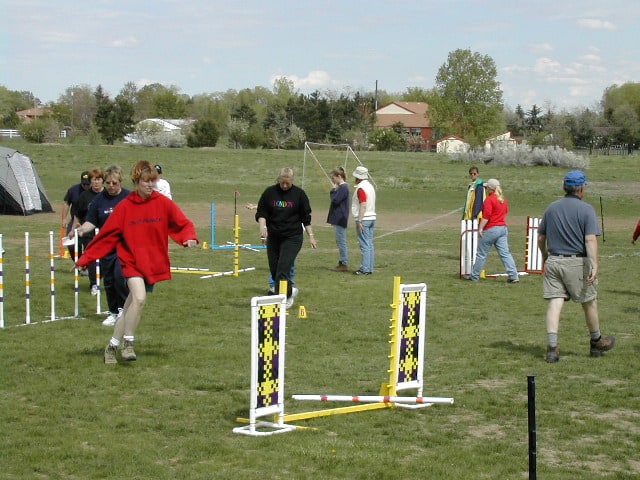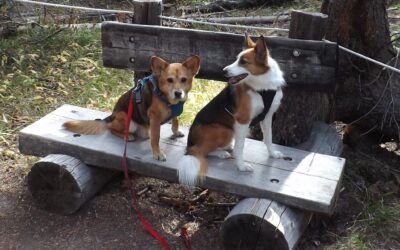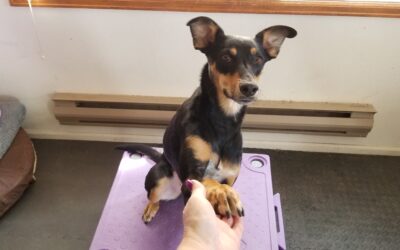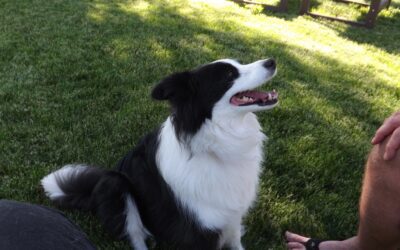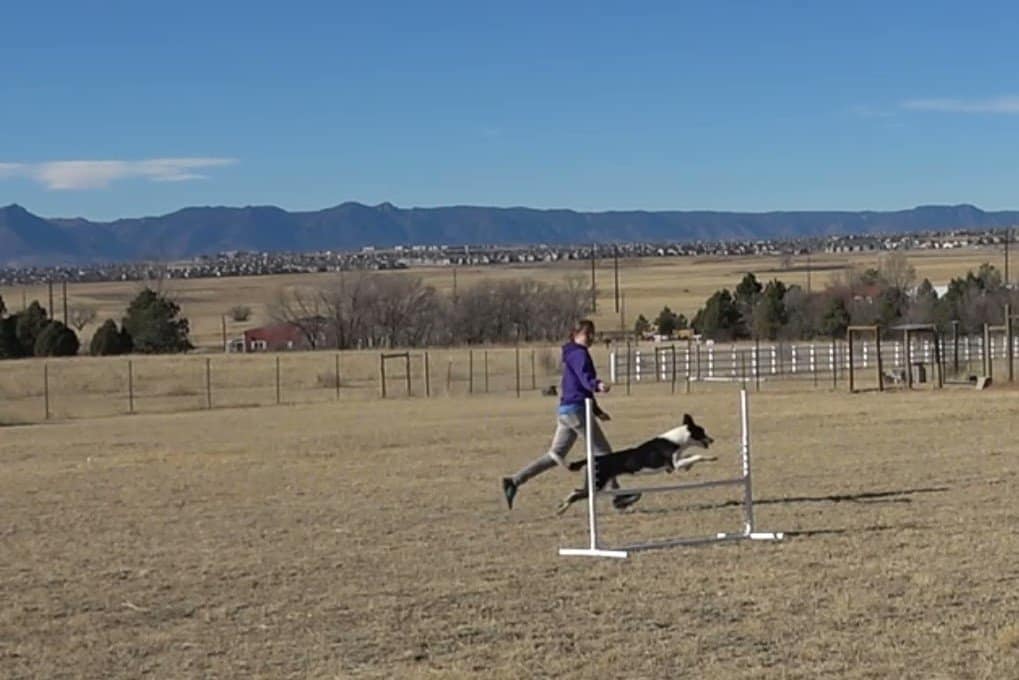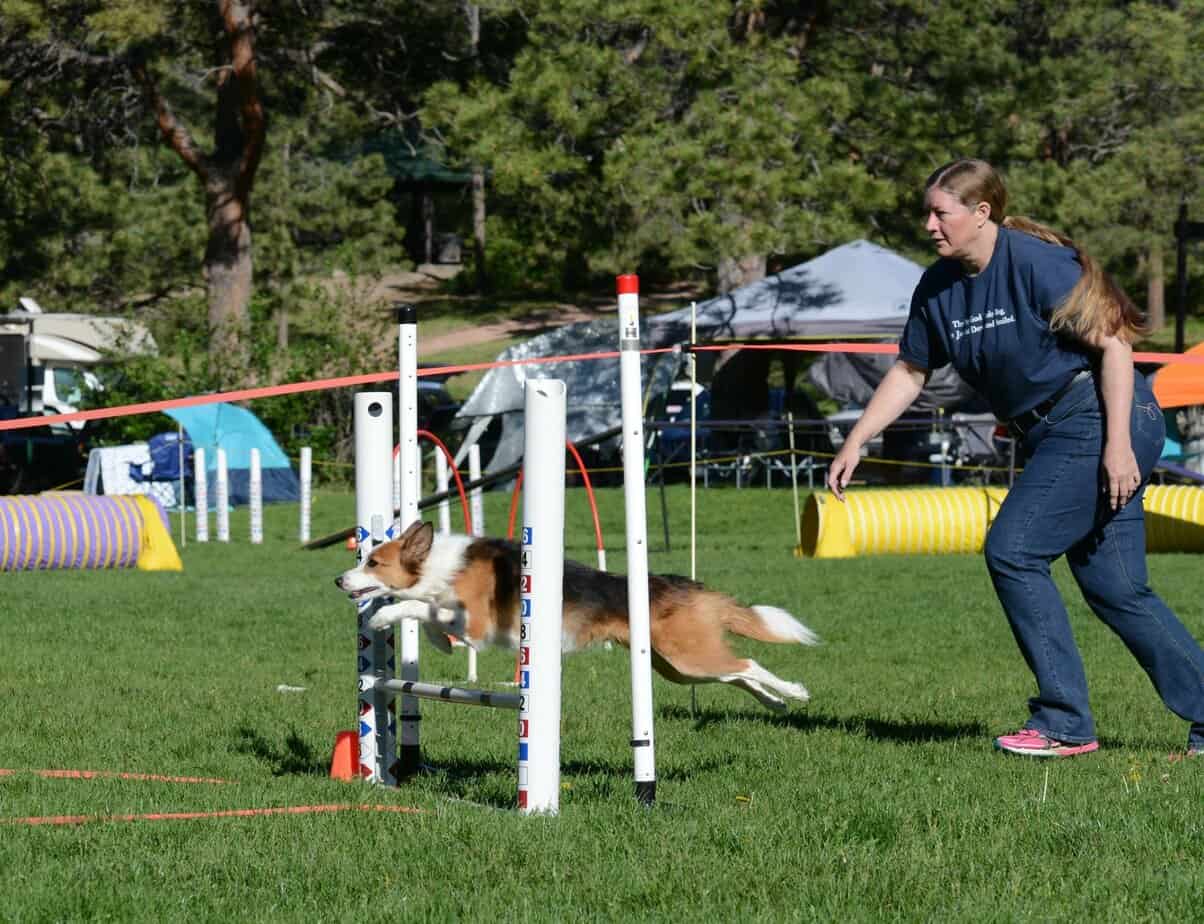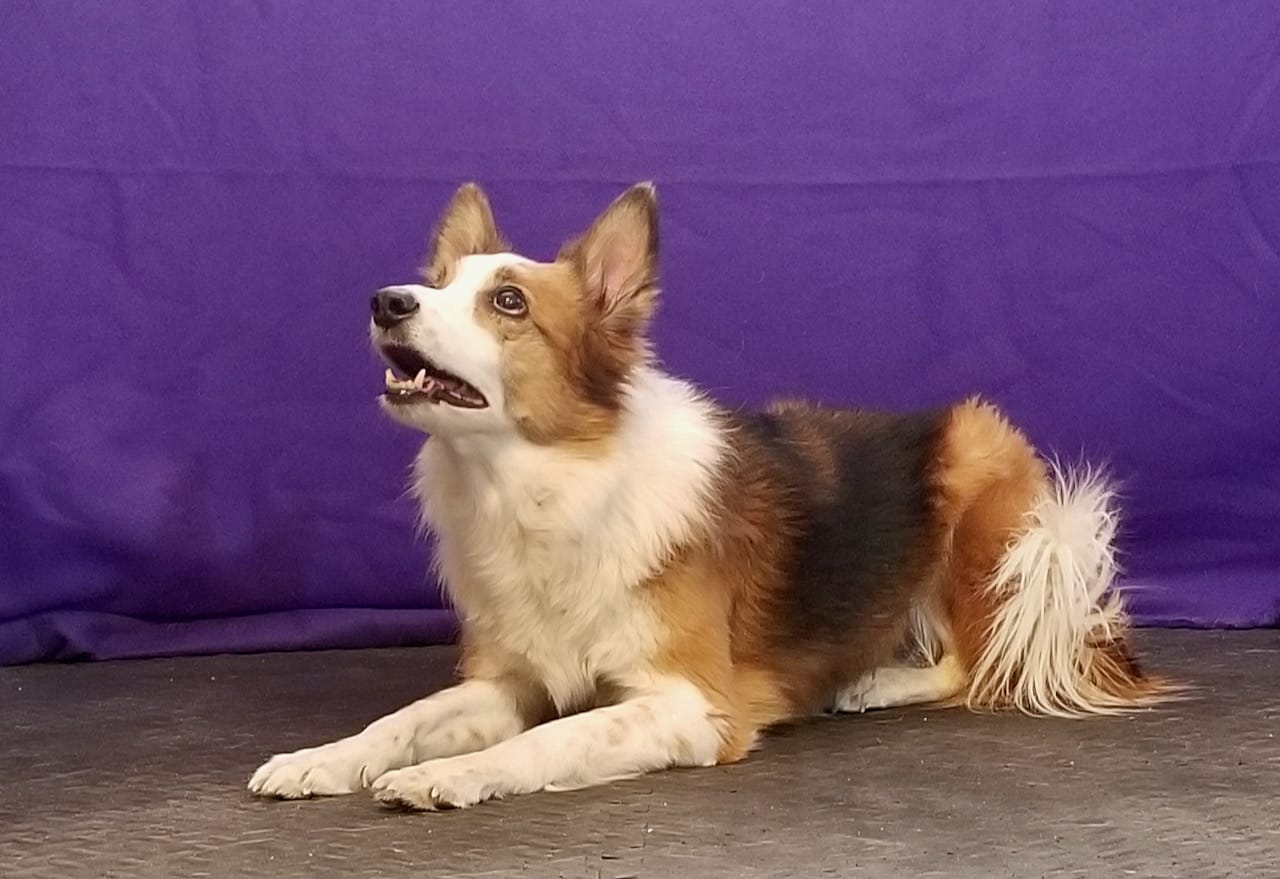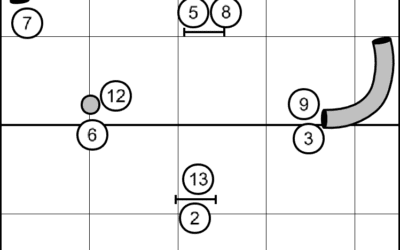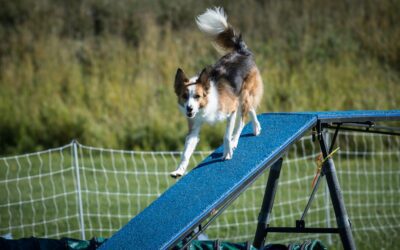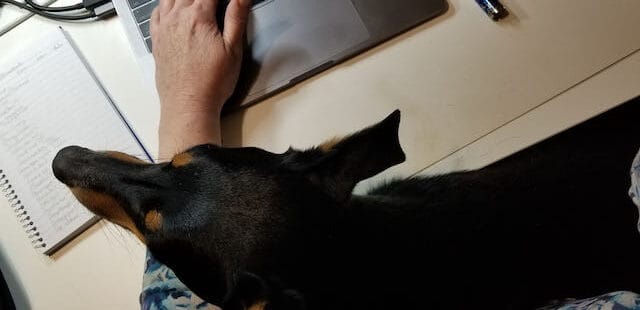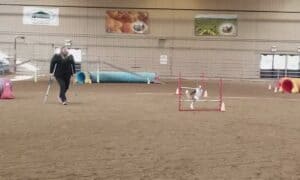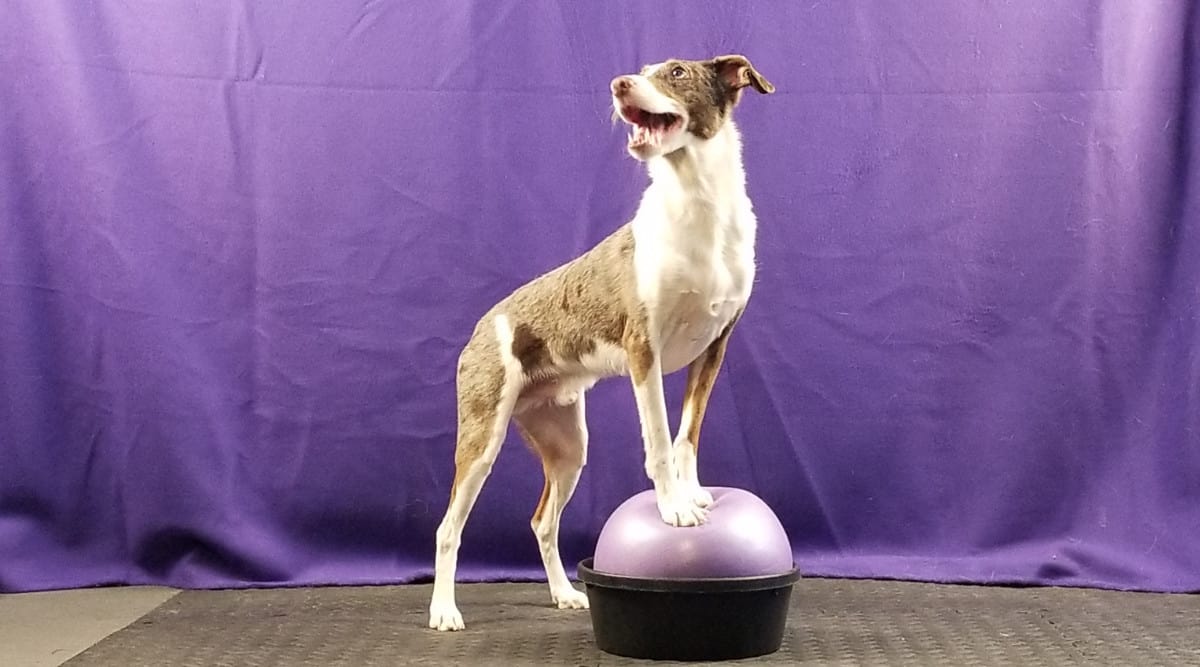ARTICLES
Should I Use Verbal Cues for Dog Agility?
How important are verbal cues in dog agility? Find out in this article that explains how your dog perceives verbal cues on the agility field.
Five Ways to Crush It at Your Next Dog Agility Seminar
Going to a dog agility training seminar? Check out these five tips to maximize your return on investment!
Read This Before Deciding on Your Agility Dog’s Contact Performance
Which contact performance, running or stopped, is right for your team? The answer might surprise you.
Is Your Agility Dog a Pinto or a Ferrari?
If you’ve moved up from a slow or moderately-fast agility dog to a speed racer, here’s some advice to make your life easier.
Dog Training Safety: Why You Need an Experienced Instructor
An experienced instructor for agility, tricks, conditioning, and other dog sports can save you headaches and heartaches in the future.
Dog Training: The Thomas Edison Approach
Approach dog training like the inventor Thomas Edison, and have fun experimenting with new training methods when your dog is stuck.
5 Reasons to Teach Your Dog Tricks
Teaching your dog “tricks” – including basic obedience behaviors – is critical to having a dog you can live with. However, training your dog brings a wealth of other benefits as well.
Yes, Sit and Down Are Tricks
As dog trainers, we sometimes forget that not everyone is familiar with the terms we use. To the average pet owner, “trick” means jump through a hoop or fetch the newspaper. In truth, every behavior we teach, from sit, to walking on a leash, to fetching a drink from the fridge, is just a trick.
Dog Training: Don’t Become an Environmental Cue
When you are training a behavior, don’t make yourself part of the environmental cues for performance. If you always ask for a down with the dog directly in front of you, or always stop next to the contact zone on the dog walk, your dog will rely on your position as part of the environmental cues for the behavior.
5 Mistakes People Make Training Their Agility Dog
Don’t make these mistakes with your dog agility training!
Training a Place, Side, or Middle Cue Makes Agility Easier
When setting up for an exercise or at the start line for an agility run, the first thing we need is for the dog to be facing the same direction we are. Simplify your life by training a completely solid heel, side, or “between” (between your legs) cue. This ends the struggle to position and reposition your dog and lets you spend more time on the exercise and less getting set up.
5 Reasons to Start A Dog Training Session With a Known Task
Starting your dog training session with a behavior your dog already knows has a ton of benefits.
A Startling Confession About My Dog Training
The keys to training a specific behavior are to reward where it happens, while it is happening, and be consistent with both rewards and resets.
7 Methods for Memorizing Dog Agility Courses
If you have difficulty memorizing dog agility courses or exercises, here are seven ideas to help make your life easier.
Time to Stop Telling Dog Agility Handlers to “Run Faster”
Not everyone who participates in agility can run. Matching the right instructor with the right student benefits both of them.
Which Type of Online Learner Are You?
Find out which type of online learner you are and get tips for actually completing your courses and implementing what you’ve learned.
Is Distance for Agility a Teachable Skill?
Is distance for dog agility a skill that we actually teach?
How Can Tricks Supercharge Your Agility Journey?
Teaching your agility dog tricks builds your relationship, communication, and much, much more.


